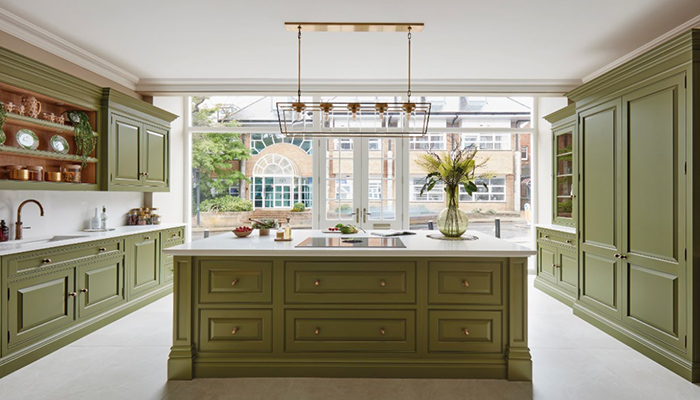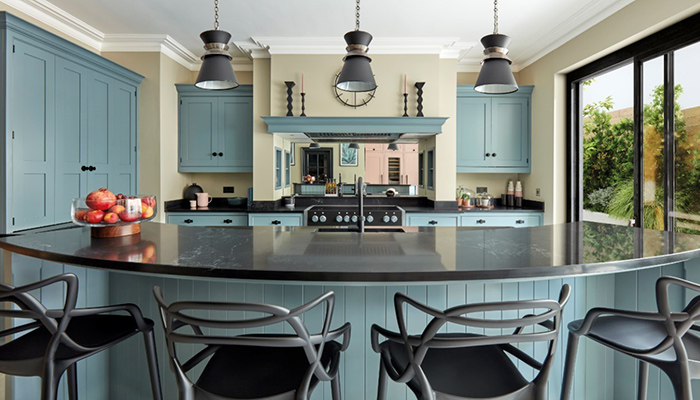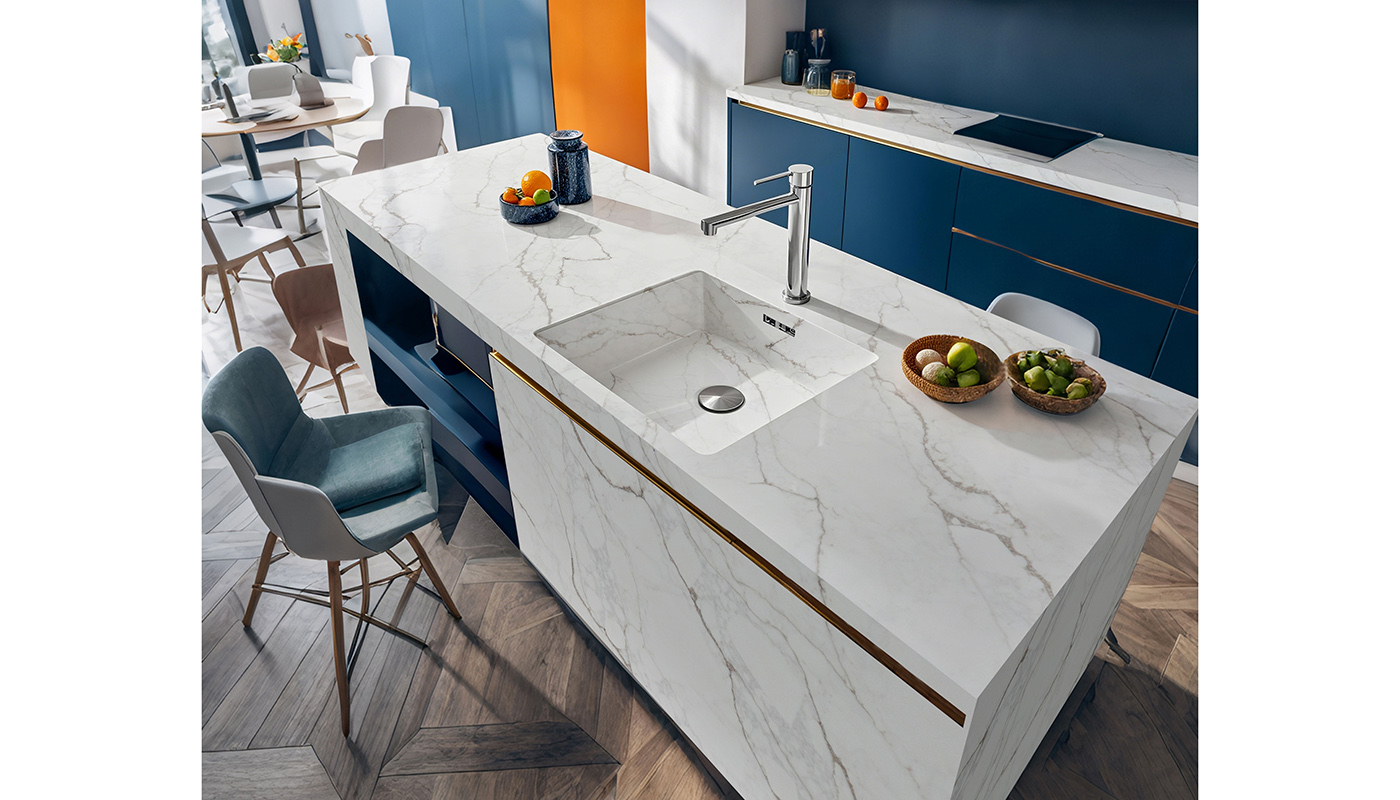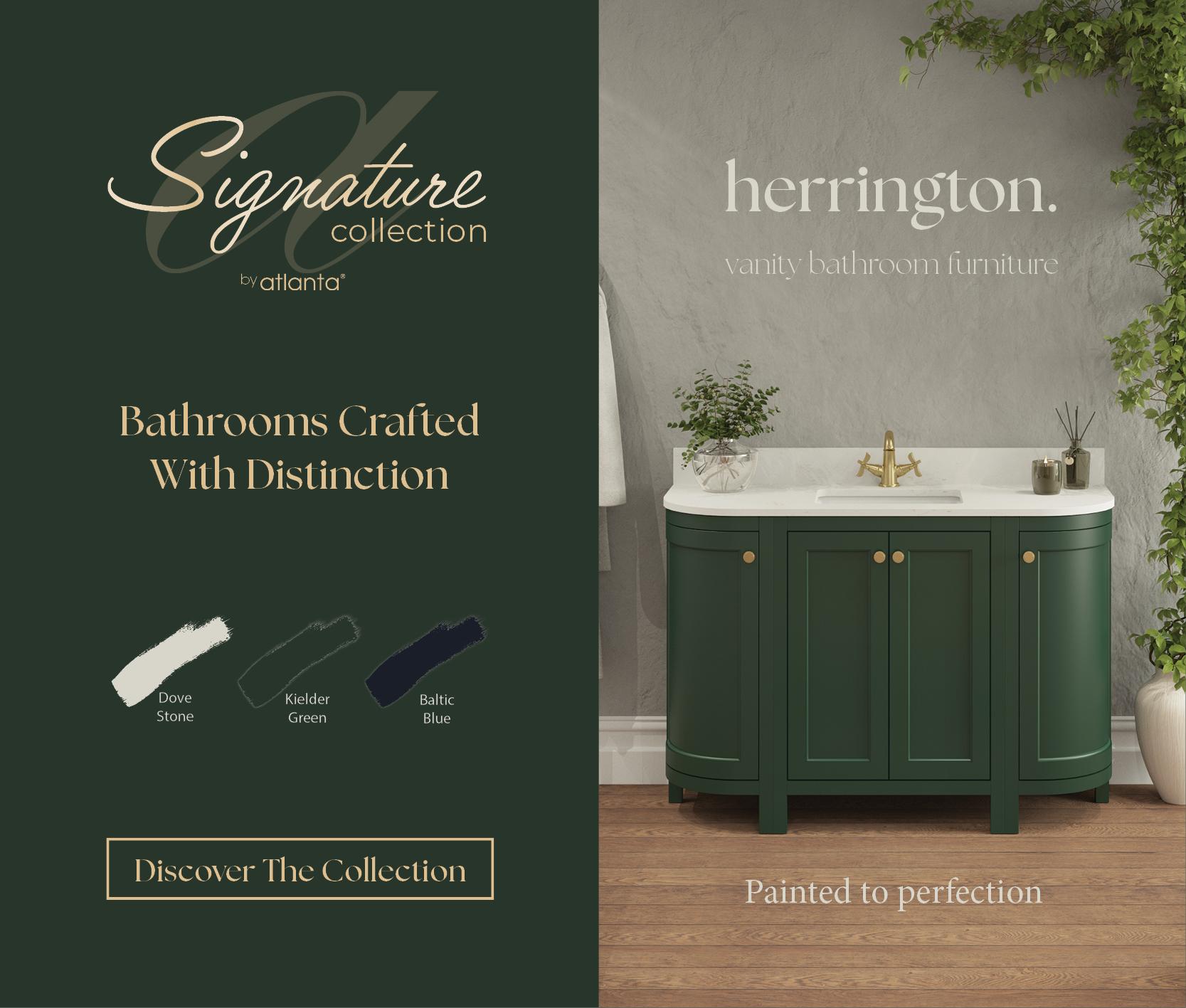Tom Howley: Getting kitchen lighting right makes a world of difference

Tom Howley: Getting kitchen lighting right makes a world of difference
While you want the lighting to enhance the interior design of your client's kitchen, it's important to bear in mind the practical aspects too. Tom Howley, design director at the eponymous kitchen company, shares his useful tips on how to get task lighting right.

“A statement kitchen can look even more inviting with the correct lighting, and if your client is keen to opt for pendants as a feature, there are plenty of styles to choose from. However there are a couple of rules to consider if pendant lighting is to work well on the practical front.
"Firstly, pendant lighting looks stunning over an island and sets of three work really well together and ensure that the full length of the unit can be illuminated. As a general rule, pendants should hang 12-20 inches below an 8ft ceiling. For each additional foot of ceiling height, my recommendation is to add 3 inches. For example, for a 9ft ceiling, the pendant should hang 15-23 inches below.
"Keep the pendants an equal distance apart from each other to promote a sense of symmetry. Also, keep each end pendant about 6 inches inside the edge of the island. Equally, you don’t want pendant lighting to hang too low. You need to ensure adequate clearance above taps, or for clearance purposes if your client is going to be using the island for dining. It’s also important if pendant lighting is to be used as task lighting to make sure it’s at a workable height so that the homeowner can use the space efficiently without banging into it.
"If there is a stunning view from a window and your client enjoys social gatherings in the kitchen, make sure pendant lighting doesn’t hang so low that it blocks the view – they don’t want to spend their dinner party talking to an attractive lampshade! Also, consider dimmers and switches that allow them to brighten or dim the lights to create the right ambience for the occasion.

“Pendant lighting is a classic and popular choice for high-end kitchens. Have fun with different shapes and shades but if you’re mixing it up, stick to a theme or a core tone so that everything hangs together visually. Pendants can draw the eye to an impressive dining room table or a social, seating area. However, avoid placing accent lighting in places you don’t want to draw attention to the surroundings, such as sinks or preparation areas.
“The most effective lighting solution is to specify a lighting scheme that allows bright task lighting over the countertops where the food preparation is taking place, and warm, low lighting for the guests. There may only be a couple of metres between these two very different light sources, but it makes the world of difference to a guest's entertaining experience, and also the chef or the host’s cooking experience. Strategic lighting and seating solutions like this will encourage guests to relax and enjoy the kitchen and the informal dining experience.”
Tags: insight, features, kitchens, lighting, tom howley


























